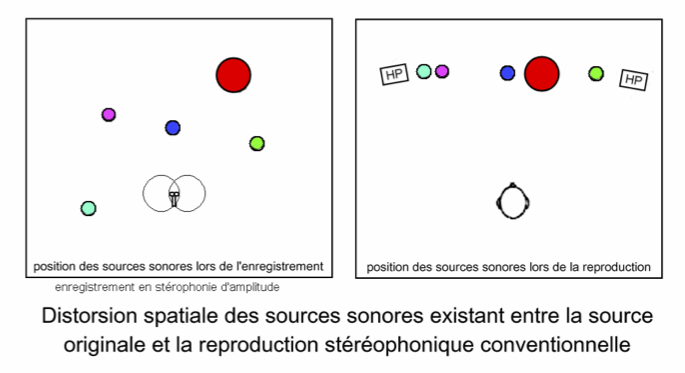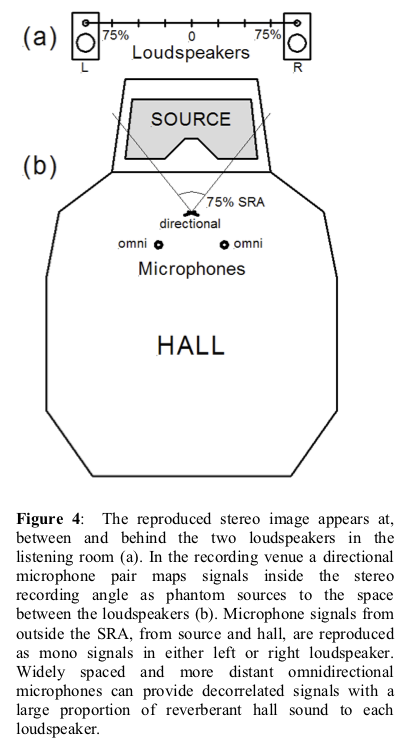DimitryZ
pfm Member
Certainly, the 63 and its' many derivatives, being acoustic analogues of phased array radars (though designed for a spherical as opposed to planar waveform) would be ideally situated to produced the best imaging.Yes, imaging means that you get - at least - a clear sense of where - left to right - various sound sources are placed in front of you. In better cases you also sense the relative distances and the surrounding acoustic being from 'behind' the main sources.
However the recording is critical, not just the speakers, their locations, and the acoustics of your listening room. So a lot of things have to be 'right' for this to happen.
A problem is that speakers are generally designed to work in a room. So 'outdoors' (aka anechoic chamber) they may not work so well as in the 'right kind of room'. That said, I've personally tended to associate good '3D' imaging with ESLs. And your ears and speakers being in just the right places.
The effect is probably irrelevant to a lot of studio rock/pop/etc. But make a *big* difference to something like listening to a BBC Prom concert! Enhances the 'being there' feeling.
I always enjoyed this aspect of the speaker when I owned it. My were modified by Electrostatic Solutions (which included the sparse weave sock) and were on stands - facilitating the mirror alignment as Jim recommends.



